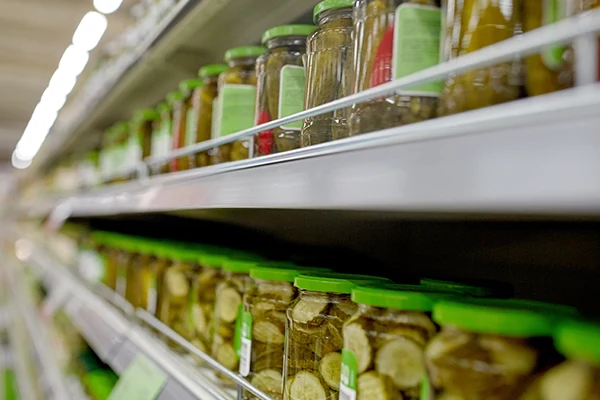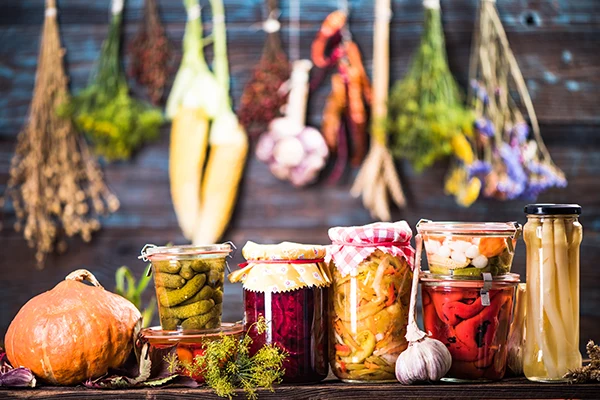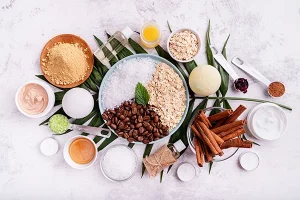The shelf life of food is an important consideration for both consumers and manufacturers. It refers to the length of time that a food product can be stored under specific conditions while maintaining its safety and quality. Determining the shelf life of food involves scientific testing, analysis, and consideration of various factors. In this blog post, we will delve into calculating the shelf life of food and explore the key factors that influence it.
Define the Product and Identify Key Components
The first step in calculating the shelf life of a food product is to clearly define the item in question and identify its key components. This includes examining the ingredients, processing methods, packaging materials, and other factors affecting the product’s stability.
Read more: The Benefits of Building a Prix Fixe Menu
Conduct Microbiological and Chemical Analysis
Microbiological and chemical analyses are essential for assessing the safety and quality of food products. Microbiological testing involves examining the presence of microorganisms, such as bacteria, yeast, and mould, which can cause spoilage or lead to foodborne illnesses. Chemical analysis helps identify the changes in nutrient content, pH levels, and the formation of harmful compounds over time.
Read more: Sesame Seeds and the Future of Food Allergens
Evaluate Physical Properties
Physical properties like texture, appearance, and sensory attributes are crucial in determining food quality. Texture analysis measures changes in the product’s texture and consistency, while sensory evaluations involve panels of trained experts who assess the food’s taste, aroma, and overall acceptability.
Read more: Avocado Nutrition Facts
Establish Shelf Storage Conditions
Proper storage conditions significantly impact the shelf life of food. Factors such as temperature, humidity, light exposure, and packaging materials influence the product’s stability. Conducting tests under different storage conditions can help determine the optimal environment for maintaining the food’s quality and safety.
Read more: How Does Nutritional Food Affect our Kids’ Early Development & Why is it Important?
Accelerated Shelf Life Testing
Accelerated shelf life testing (ASLT) involves subjecting the product to more extreme conditions, such as higher temperatures or humidity levels, to simulate the effects of prolonged storage over a shorter period. This testing method helps estimate the product’s stability under normal conditions by observing how it reacts to accelerated deterioration factors.
Read more: Making it Big in the Meal Kit Delivery Industry

Determine Critical Limits and Indicators
Critical limits are specific parameters used to establish the end of shelf life. These limits can include microbiological counts, chemical changes, sensory attributes, or other predetermined criteria. By monitoring critical indicators throughout the shelf life testing, you can identify the point at which the product no longer meets the established quality standards.
Read more: Open for Takeout: How Nutrition Analysis Software serves the Foodservice Industry
Conduct Real-Time Shelf Stability Testing
Real-time stability testing involves monitoring the product under normal storage conditions for an extended period. This testing provides more accurate data on the actual shelf life of the food. Regular assessments evaluate the product’s quality, safety, and sensory attributes over time.
Read more: How to Create a Nutrition Fact Label from a Recipe
Documentation and Labeling
Once the shelf life of the food product has been determined, it is essential to document the findings accurately. This information helps manufacturers establish appropriate expiration dates, label the product accordingly, and provide consumer storage instructions. Proper labelling ensures consumers can make informed decisions about product freshness and safety.
Calculating the shelf life of food is a complex process that requires a combination of scientific analysis, testing, and considerations of various factors. It is crucial for both manufacturers and consumers to understand and adhere to proper storage conditions and expiration dates to ensure food safety and quality. By following the steps outlined in this guide, stakeholders can make informed decisions about the shelf life of food products, leading to a safer and more satisfying consumer experience.
If you’re looking for a way to easily create Nutrition Labels and carry out Nutrition Analysis, then start a Free Trial of MenuSano today!



















